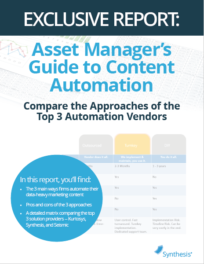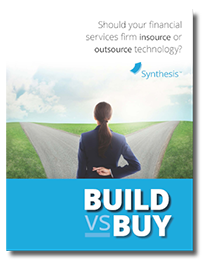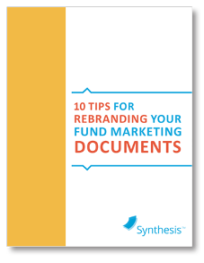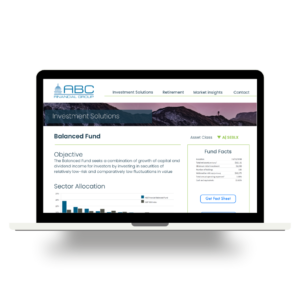The 3 Ways to Approach Content Automation

Due to the competitive nature of the financial services industry, content automation has become a strategic priority for many. With a finish line goal to improve scalability, risk management and brand compliance, the race is on to improve marketing and sales operations. The challenge firms face is knowing how to approach content automation. Is it better to build or buy? What are the differences between the leading vendors, and their approaches?
In 2017, we commissioned some research on how asset managers are automating content production. The research found 3 common models: Fully outsourced, DIY, and hybrid. Here’s a brief description of each and the pros and cons.
Approach #1: 100% Outsourced
One option is the fully outsourced approach, which kicks the work over the fence to a third party vendor. When firms outsource their document production, it frees up internal resources and gives the marketing team the opportunity to focus on other initiatives. Many firms choose this hands-off approach because it allows them to reallocate resources toward more strategic work.

While outsourcing has its advantages, like anything else, there are trade-offs. Although internal resources are sometimes spared by outsourcing, many firms find that the first year still requires a lot of internal resources to work out data issues. Our research focused on one vendor in particular that uses the outsourcing model. Customers explained that while the outsourcing model frees up resources, it provides little to no control over speed-to-market and quality of the final product. When outsourcing fact sheet production, reliability, and quality client service are two extremely important factors to consider when choosing a vendor.
Approach #2: Do-it-Yourself (DIY)
Another approach is the “do it yourself” method. By opting to “do it yourself”, firms are responsible for setting up templates, integrating data, and administering the platform using a software as a service (SaaS). Marketing teams have full control over the production process to make changes and adjustments without being reliant upon a vendor. In addition, DIY software often integrates with familiar desktop applications, like Microsoft Word or PowerPoint, making it seem easy to use.

As with outsourcing, doing it yourself comes with its own risks. Using a familiar app, PowerPoint, for example, may be easy to use, but it misses the mark with regard to professionalism. The documents produced usually don’t meet quality typesetting standards. In addition to lower quality output, the research found that implementation costs ended up being higher than firms originally expected. In some cases, implementations were still dragging on after 3 years. This indicates that while the DIY method may seem less expensive up-front, the actual costs can be much higher than expected due to the additional resources required for implementation.
Approach #3: Turnkey (Hybrid)
The third approach is a hybrid of the DIY and outsourced models. It aims to provide the best of both worlds by using an outsourced implementation strategy, along with a DIY approach for day to day changes. Because the implementation is done professionally, best practices are applied to ensure efficiency, risk management, and output quality. Once implementation is complete, marketing has full control over making changes and approving content to ensure branding and compliance standards are met. Our research indicated this approach takes less time to implement, usually being completed within one quarter.

Though the goal of a turnkey approach is to be the most cost-effective and efficient, there are risks involved. The timeline and cost of implementation can vary if expectations change after being established at the start of the project. For example, project end dates may be pushed if new data is provided, or if the project scope increases. In order to maximize your ROI on the hybrid model, it’s important to properly prep your team at the outset.
I hope this brief look into the top 3 automation approaches gives you an idea as to which approach best fits your firm’s needs. Firms of all sizes benefit from content automation, but finding the right approach is critical to achieving success.
You can read more in-depth about these approaches and compare the vendors who use them in our free report:
Here are some related resources that might interest you:








 Compare the Top 3 Finserv Content Automation Vendors [White paper]
Compare the Top 3 Finserv Content Automation Vendors [White paper] Create Pitchbooks the Drive Sales [White paper]
Create Pitchbooks the Drive Sales [White paper] Build vs. Buy: Should Your Financial Services Firm Outsource or Insource Marketing Technology? [White paper]
Build vs. Buy: Should Your Financial Services Firm Outsource or Insource Marketing Technology? [White paper]  10 Tips for Rebranding your Fund Marketing Documents [White paper]
10 Tips for Rebranding your Fund Marketing Documents [White paper]




